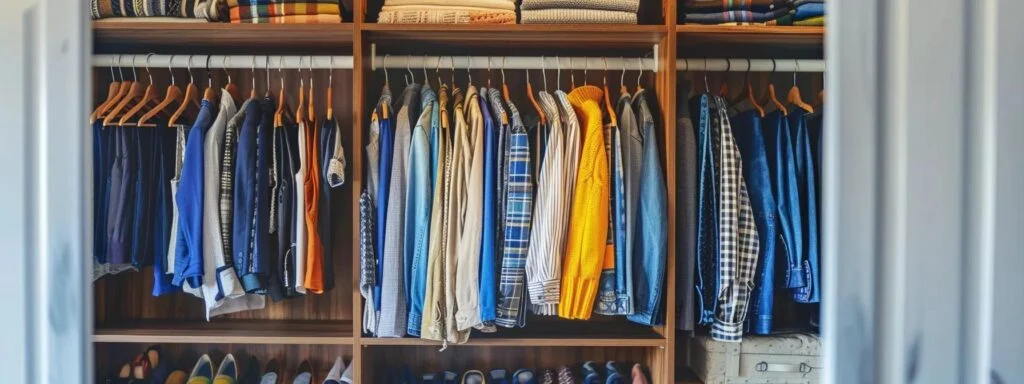Ever purchased something in Canada and wondered if you could get your money back? Whether it’s a faulty gadget, a disappointing online order, or a service gone wrong, knowing your refund rights is essential. Let’s break down when and how you can demand a refund in Canada, covering everything from in-store and online shopping to special cases like defective products and cancelled services. This guide explains your rights and the steps you can take to get your hard-earned money back.
Understanding Your Refund Rights in Canada
Looking for a refund? In Canada, your right to a refund isn’t always straightforward. Unlike some countries, there’s no universal federal law guaranteeing refunds for all purchases. Instead, refund policies often depend on:
- Provincial consumer protection laws
- The retailer’s posted return policy
- The type of product or service you bought
Understanding these basics can help you set realistic expectations before you try to return an item or cancel a service.
When Can You Demand a Refund?
Several situations allow Canadians to demand a refund, but knowing the specifics is key. Here are the most common scenarios:
1. Defective or Faulty Products
If a product you purchased has a defect, breaks down quickly, or doesn’t work as described, you have a right to ask for a repair, replacement, or refund. Most provinces require products to be “fit for purpose” and match the description on the label or in advertising.
Key Points:
- Faulty goods are usually covered, even if the store’s policy says “no refunds.”
- The right to a refund applies whether you bought in-store or online.
- Always keep your receipt or proof of purchase.
2. Goods Not As Described
If an item arrives and isn’t what you were promised—maybe it’s the wrong color, size, or missing key features—you can also request a refund. Canadian consumer protection law supports you when products are “materially different” from what was advertised.
3. Cancelled or Undelivered Services
Did a company charge you for a service that was never delivered, or did you cancel before they started work? In these cases, you’re typically entitled to your money back. Common situations include cancelled home repairs, undelivered classes, or unused subscriptions.
4. Online Purchases and Door-to-Door Sales
Canada requires special protection for online and distance sales. Most provinces have “cooling-off periods” for certain contracts, giving you a window—often 7 to 10 days—to cancel for a full refund.
Typical scenarios:
- Online orders that don’t arrive within 30 days (unless you agreed to more time)
- Door-to-door sales of goods or services over a minimum value, usually allowing at least 10 days to change your mind
5. Gift Cards and Prepaid Vouchers
In most Canadian provinces, retailers can’t refuse to give back the remaining balance on a gift card if you bought it with cash or credit. Some exceptions exist (like promotional cards with expiry dates), but in many cases, unused balances are refundable.
6. Unfair or Misleading Business Practices
If a company uses deceptive advertising, withholds key information, or changes their offer after your purchase, you may be entitled to a refund regardless of store policy.
Provincial Differences in Refund Laws
Canada’s provinces have varying regulations. Here are some examples:
- Ontario: The Consumer Protection Act covers most purchases and requires clear disclosure of refund policies.
- British Columbia: Offers protection for certain consumer contracts including online, distance, and future performance agreements.
- Quebec: Implies warranties for goods and services, often favoring the customer in disputes over defects.
- Alberta: Cooling-off periods for door-to-door sales and specific industries.
It’s wise to check your specific province’s regulations to understand your rights fully.
What If a Store Has a “No Refund” Policy?
Stores often set their own refund and exchange rules—and many post “Final Sale” or “No Refund” notices. But these policies can’t override consumer protection legislation. For example, if a sold item is defective or doesn’t match its description, you’re protected by law regardless of the posted policy. Always ask for repairs, replacement, or a refund for legitimate issues.
Special Refund Situations
Digital Downloads and Software
Digital content (eBooks, music, software) often falls into a gray area. If your purchase doesn’t work or is misrepresented, you can usually claim a refund, but double-check the terms and conditions.
Returning Food and Perishable Goods
Most retailers won’t accept returns on food or perishables unless the item is spoiled or unsafe to eat. In these cases, you can request a refund directly from the store or manufacturer.
How to Demand a Refund in Canada
Getting a refund isn’t always automatic. Here’s what you can do:
- Check the store’s return policy (usually posted in-store or online).
- Find your receipt or proof of purchase.
- Contact the retailer directly—visit the store, call customer service, or email support.
- Explain the issue and your refund request clearly and politely.
- Follow up in writing (by email or letter) if your request isn’t resolved.
- Escalate to your province’s consumer protection office if needed.
Tips for Maximizing Your Refund Odds
- Speak calmly and professionally—anger rarely helps.
- Document every conversation and keep copies of correspondence.
- Know your legal rights—reference the relevant consumer protection law if necessary.
Disputing Charges with Your Bank or Credit Card
If a retailer refuses your valid refund request for an undelivered or misrepresented product, you can sometimes file a “chargeback” through your credit card company. Banks may reverse the transaction if you show documentation and proof of your efforts to resolve the dispute with the merchant first.
Exceptions: When You Might Not Get a Refund
There are limits, even for Canadian shoppers. You generally can’t get a refund if:
- You changed your mind after buying (unless there’s a cooling-off period).
- The item is damaged due to misuse or wear and tear.
- You bought a final sale item and it works as described.
- You’re returning a personalized or custom-made product for a non-defect reason.
Frequently Asked Questions (FAQs)
Q: Can I get a refund if I don’t have my receipt?
A: Many stores won’t process a refund without proof of purchase. Some may offer store credit or exchange, but having your original receipt is best.
Q: How long do refunds take in Canada?
A: If approved, refunds are usually issued within a few days, though it may take up to 14 business days for credit card purchases to settle.
Q: What if I bought something outside Canada?
A: International purchases are subject to the refund rules of the country or company you purchased from. Review their policies before buying.
Conclusion
Knowing when you can demand a refund in Canada helps you shop with confidence and protects you from unscrupulous business practices. Always know your rights, check store policies, and stand up for yourself when warranted. Stay calm, be polite, and use your province’s consumer protection agency if you need extra help. Ultimately, informed consumers drive better service for everyone.
Ready to shop smarter? Know your refund rights—every Canadian dollar counts! Share this guide with friends or family who need to protect their purchases.






